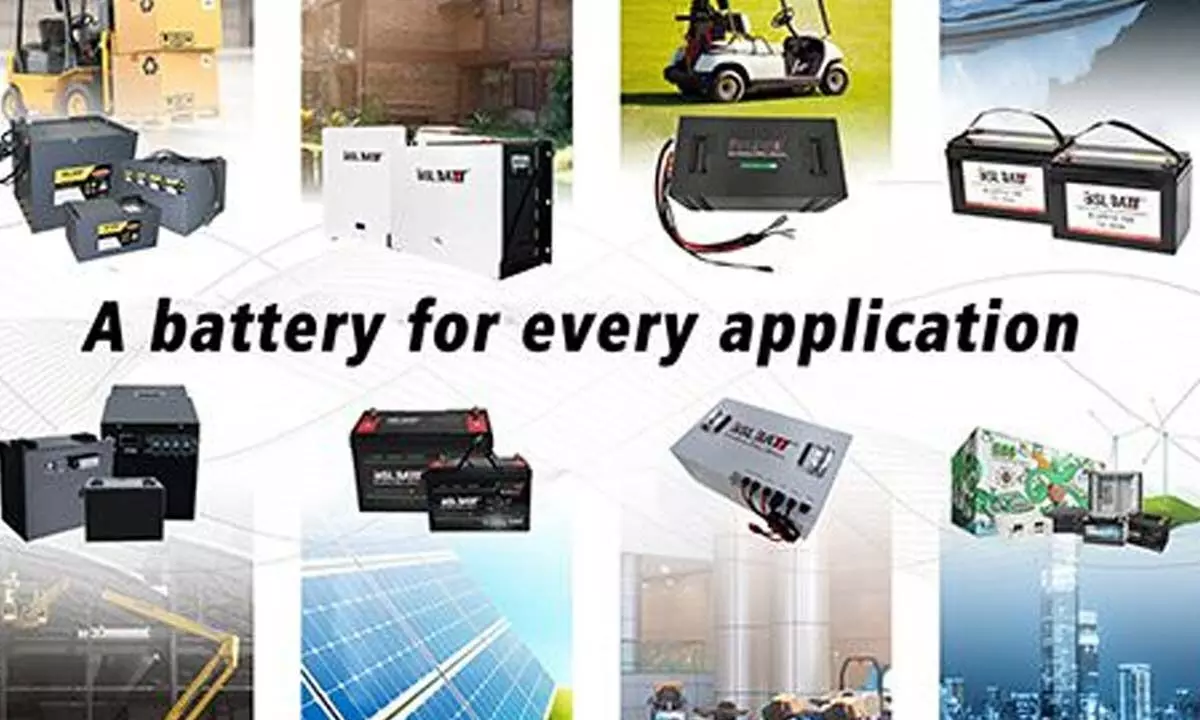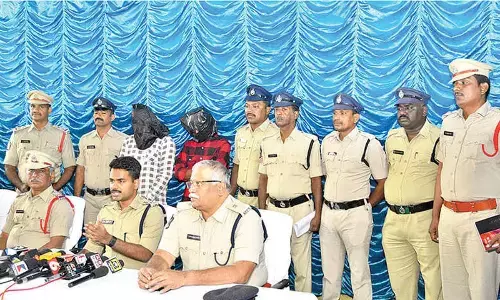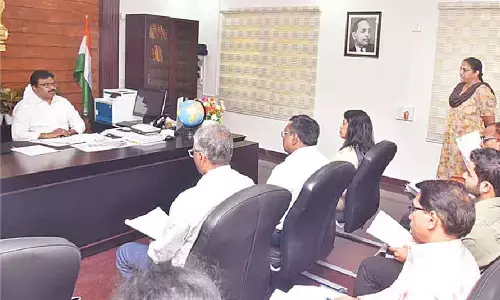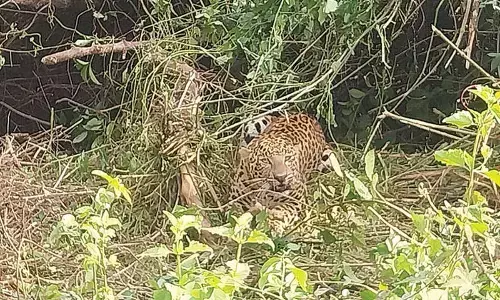White Gold: India's Priority Metal

White Gold: India's Priority Metal
Lithium is being hailed as the future of clean energy with the eyes of the world on this metal
John August Arfwedson, a Swedish chemist in 1817, while investigating and experimenting the mineral petalite (Lithium aluminium silicate), resulted in discovery of Lithium (Li) metal. Since the metal was not found in pure form, William Thomas Brande could isolate the element using electrolysis of Li-oxide in 1821. Since then there was hardly any use of the metal, except using it as lubricant and in glass industry etc. The manufacturing of Li batteries took of in 1990s and today an estimated more than 70 percent of Li production goes to battery end use.
Lithium is the lightest of the solid elements and the metal itself is soft, silvery white and lustrous. Li-ion batteries are used in wind turbines, solar panels, smartphones, laptops, cameras and devices those use rechargeable batteries and its potential to revolutionize other industries like electric vehicles (EVs), crucial to green economy, Li is often called as "white gold". Li is being hailed as the future of clean energy with the eyes of the world on this metal and the mining industry. Due to its unique chemical properties, Li-ion batteries are able to store large amounts of energy and widespread usage, which can help pave the way to the decarbonized future.
Lithium is abundant in the earth's crust, but is very finely distributed. Researchers estimate the amount of the light metal in the world's oceans, at around 200 billion tonnes. Deposits in rocks and salt lakes are believed to add upto 98 million tonnes, 26 million of which would be economically mineable in the coming decades. In the global scenario, Bolivia, Argentina and Chile account for 21.0,19.0 and 9.8 million tonnes respectively, constituting about 65 percent of world's Li reserves. Out of this, these three countries account for 42 million tonnes of Li in underground salt lakes. As per the US, GSI figures 45000 tonnes were mined from there in 2022. The process involved, salty brine is pumped from depth into basins for evaporation, concentrated brine is filtered to get Li-carbonate, basic material for battery production. The US, Argentina and China with 9.1, 7.3 and 5.1 million tonnes respectively are other countries who have significant reserves.
Recently India has discovered an estimated reserves of 5.9 million tonnes, in the Salal-Haimana area of Reasi district of Jammu and Kashmir. As per an expert from International Institute of Sustainable Development, Li deposits in this area can be potential game-changer for country's clean energy ambition goals. If mining is taken up in this area, it will reduce India's dependence on China and other countries, in addition to saving foreign exchange and strengthening India's energy security. This discovery is also being viewed as huge boost for India's ambition to expand electric vehicles penetration to 30 percent by 2030.
The largest volumes of Li is currently extracted by mining solid rocks in open-pits in Australia and about 61,000 tonnes were extracted during 2022. This constituted 47 percent of global Li demand. Li ore is mined by drilling, blasting, crushing lumps in a plant, and Li is separated from overburden by chemical and mechanical processes. Further 35 percent of demand was met from South America's salt lakes, 15 percent from China and about one percent each from Zimbabwe, Portugal and North America. Li mined from these countries mostly exported to China, where it is processed into battery cells. According to the US R&D centre, Li extracted from ore is about six times energy-intensive than from salt lakes.
The major challenges in the production of Li in the South American countries - have largest reserves, are soil degradation, water shortage and contamination, air pollution and biodiversity loss. In addition more than 2 million litres of water is required for production of one tonne of Lithium, according to Saleem Ali, professor of Energy and Environment, University of Delaware, the United States of America. The International Energy Agency has mentioned that about half of the Li producing areas are water stressed. Further the main Li producing areas in China, Africa and Australia are subjected to heat or flooding, posing challenges in sustainable supplies. Regarding India's discovery, the experts and environmentalists are concerned about the impact of mining development activities in the fragile and disaster-prone Himalayan region. The biggest concern is that the mining companies do not follow eco-friendly practices because of lax environmental regulations in India. The Himalayan region between Jammu and Kashmir is an eco-sensitive region and mining could lead to significant biodiversity loss. The process of Li extraction requires huge quantity of water for one tonne of Li production. Further extracting Li from hard rock mines entails open-pit mining followed by roasting the ore using fossil fuels. This process may release 15 tonnes of CO2 for every tonne extracted. Mining Li in Himalayan region may pose significant risks such as subsidence like Joshimath and the Himalayas are source of so many rivers, any mining activity is going to pollute entire rivarian ecosystem. In addition open-pit mining, refining and waste disposal from these processes will substantially degrade the environment, including depleting and contaminating water ways and groundwater, diminishing biodiversity and releasing considerable air pollution.
India plans to buy Li to ensure supplies that could potentially last for decades and make India self-reliant. The country has started a massive effort to make India a world leader in Li batteries. Li is the driver of the technology age and could dictate the future civilization. The metal is of utmost importance as it powers our smartphones, tablets, cameras, laptops and cars. Consequently, India spent $1.2 billion in importing batteries mainly from China during 2019-20.
India is going to sources like Bolivia, Chile and Argentina who possess maximum reserves, as the country wants to make batteries at home by importing raw materials from these countries. Presently, India is collaborating with Australia for supply of Li. India is going to build Li refinery in Gujarat, which will process Li ore to produce battery grade Li. Once the country starts manufacturing Li-ion batteries, it will eat the supply of China to the global market.
India can learn a lot of lessons from China, over the past 10 years, China has aggressively developed in the EV battery market, capturing every link in the supply chain to become the industry leader in e-mobility. Therefore, India needs significant investment in R&D, people's and environment-friendly government regulations, foreign direct investment flow and aggressive acquisition of raw material resources globally, accelerating manufacturing processes, so as to break China's supply chain and become market leader for next-generation electric vehicles.

















